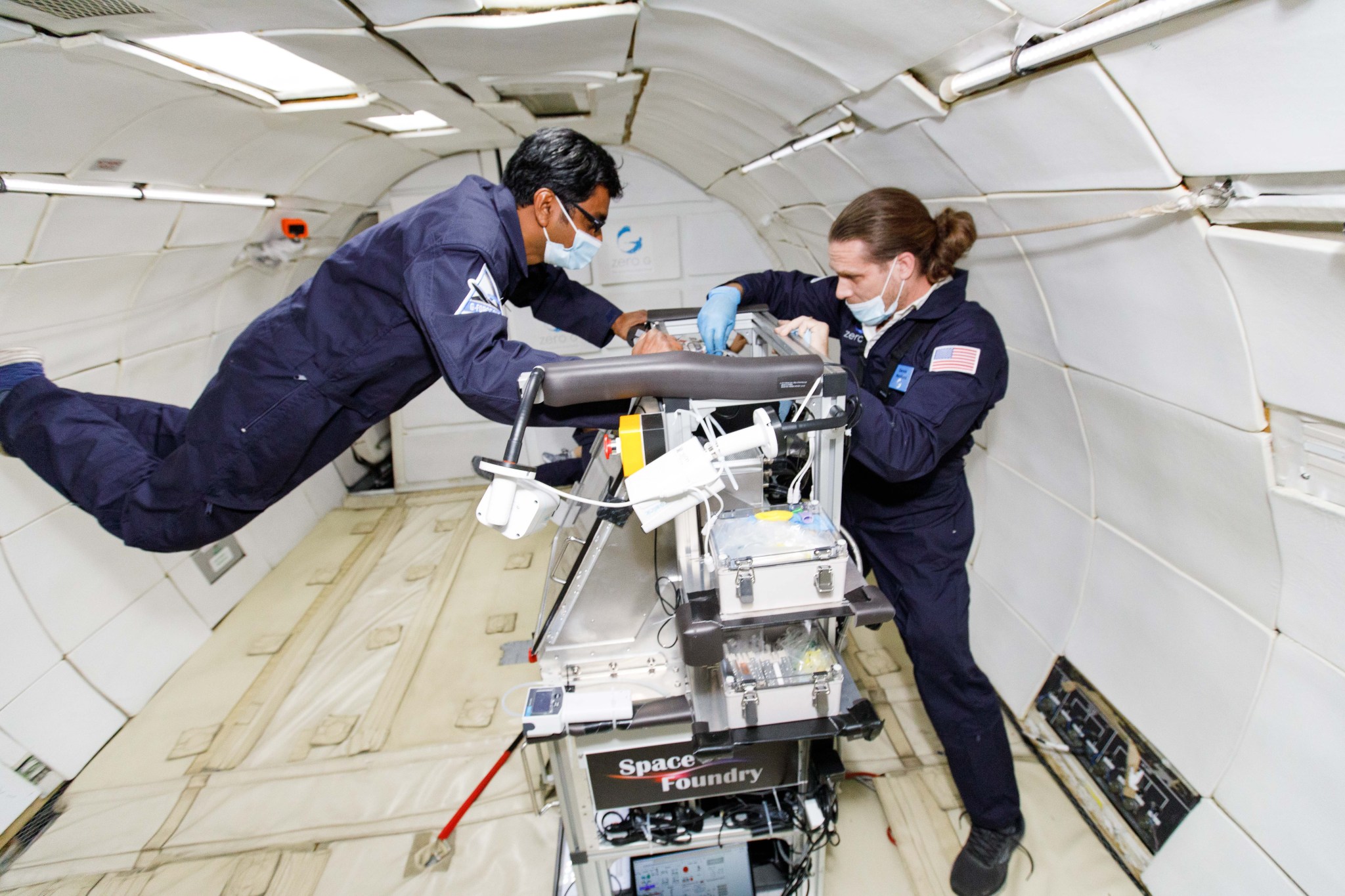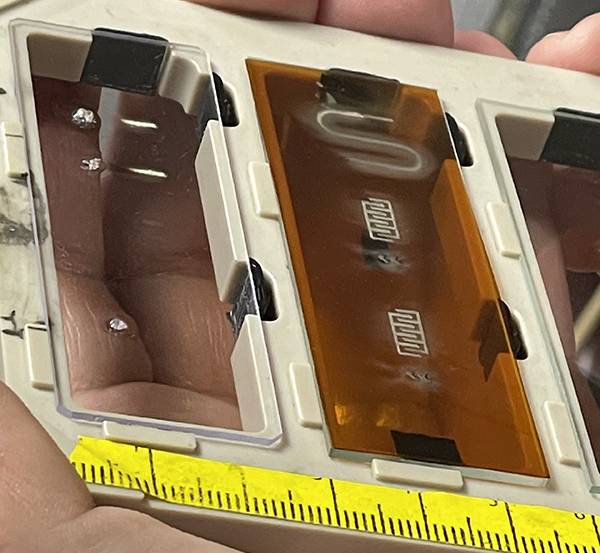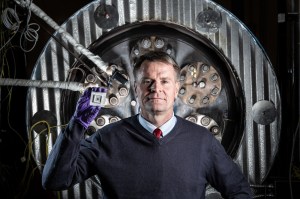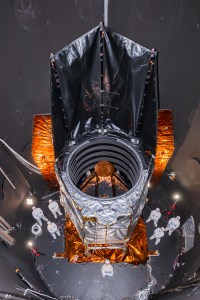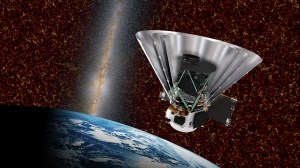As NASA prepares to send astronauts back to the Moon to live and explore, capabilities for space-based manufacturing of sensors, circuits, and other electronics will become increasingly critical. Recent microgravity flights have helped to advance cutting-edge methods for 3D printing of electronics by teams from San Jose, California-based Space Foundry and Iowa State University in Ames, supported by NASA’s Flight Opportunities and Small Business Innovation Research (SBIR) programs.
A vast range of future scenarios could benefit from electronics printed in space – from radiation sensors printed onto the walls of lunar habitats, to printing solar panels on the Moon’s surface, to gas and biosensors for use on the International Space Station. The capability to print electronics in space is critical to the NASA mission and testing the ability to print electornics in microgravity on Earth first is an important step in the maturation of technology.
“In terms of electronics, there are so many critical needs for which we must enable reliable in-space manufacturing, because we simply cannot anticipate and carry with us all of the sensors and circuits that we might need for a given mission,” said Curtis Hill, senior materials engineer at NASA’s Marshall Space Flight Center and principal investigator for NASA’s On-Demand Manufacturing of Electronics (ODME) project, part of the agency’s Game Changing Development program. ODME will select electronics manufacturing technologies among systems from Space Foundry, Iowa State, and other organizations for 2024 demonstrations on the space station.
But first, the innovations are being tested on parabolic flights. These flights take place on modified airplanes that perform a series of maneuvers called parabolas, resulting in brief intervals of reduced and zero gravity.
“Technology maturation is done in steps, and a very important step is parabolic flights and the microgravity testing they provide,” said Hill. “These flights help us take technologies to higher technology readiness levels and allow us to evaluate them for potential infusion in lunar and Gateway missions, among others.”
Parabolic flights from Zero Gravity Corporation in late 2021 and June 2022 enabled Space Foundry researchers to test a system licensed from NASA’s Ames Research Center designed for high-throughput plasma jet printing of conductive metal inks. The process addresses challenges of space-based 3D printing, including the time-consuming curing processes that most methods require. By contrast, Space Foundry’s process leverages a single-step approach that doesn’t require heat or ultraviolet curing. These advantages could lessen impact on astronauts’ time, lower costs, and improve the versatility of printing electronics for a wide range of applications.
“A single-step process is ideal, especially when printing electronics for large structures in space,” said Dr. Ram Prasad Gandhiraman, founder and CEO of Space Foundry and former research scientist at NASA Ames, where he led the technology’s initial development. “For example, if you wanted to print sensors on an aircraft wing, having a single-step process could allow for simplified printing directly on the structure, without removing it for more complicated, multi-step curing.”
November 2021 parabolic flights proved instrumental in helping Space Foundry work out some hardware glitches and fix them between successive flights over multiple days. That troubleshooting led to successful printing of silver electrodes and a Wi-Fi antenna during December 2021 flights, and allowed the company to take their work further.
“After resolving hardware challenges and a successful demonstration printing silver, we were keen to print copper as well,” said Dr. Gandhiraman.
Dr. Gandhiraman noted that copper is beneficial for space-based electronics because it is highly conductive, and they wanted to try printing copper with a Space Foundry-developed ink designed to overcome the shelf-life concerns of other off-the-shelf inks. During two flights in June 2022, the company successfully used the proprietary ink to print a copper electrode.
Recent flights also provided testing for Iowa State’s system for electrohydrodynamic inkjet printing, which addresses another challenge of space-based 3D printing: lack of gravity needed to drive the flow of liquid inks. The university’s system leverages electrical force to drive ink flow, replacing the need for gravity to accomplish this task.
The team’s first printer was flown in Dec. 2021 and successfully printed microelectronics including a humidity sensor – but the team found the system to be less stable and robust than they expected. They made key upgrades, including increased process automation and modification of the inks to withstand vibration, and flew the new hardware successfully in May 2022.
“My impression of these flights is that they are full of challenges, especially the first flights when you don’t know exactly what will happen,” said Iowa State’s Dr. Hantang Qin, principal investigator for the project. “Flying multiple times, we resolved the challenges and improved the technology to show that it is ready to integrate with other printing platforms.”
As ODME tracks the progress of these electronics printing methods, Hill said that parabolic flight testing is key to helping NASA understand the best electronics applications for each printing method.
“As results come in, we start to see how the specific materials respond to microgravity, and we are able to identify which methods match up best with various uses in space. This will ultimately help us prepare for demonstration of specific capabilities on the station,” said Hill.
Flight Opportunities, SBIR, and Game Changing Development are part of NASA’s Space Technology Mission Directorate.
Nicole Quenelle
NASA’s Armstrong Flight Research Center























